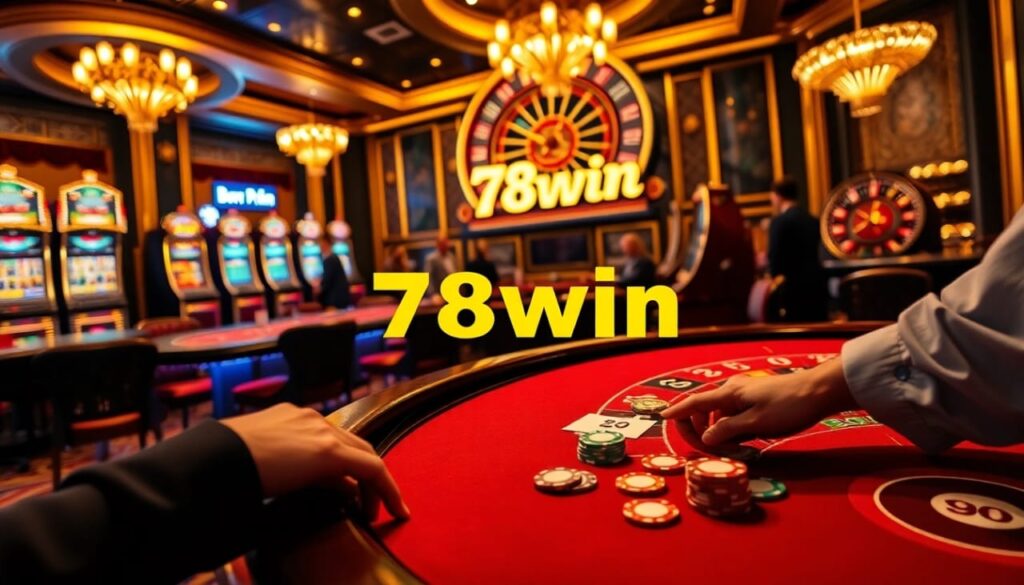
Casino games are not just built for luck—they are carefully crafted to keep players engaged using psychological principles that enhance enjoyment and immersion. On platforms like 78win, game design plays a major role in attracting and retaining players. From visuals to sound to reward systems every detail is designed to create a compelling experience that encourages longer play.
One of the key psychological tools used in game design is the concept of intermittent reinforcement. This principle refers to the idea that rewards given at unpredictable intervals can create stronger engagement than consistent rewards. Slot machines are a prime example. Players never know when the next win will come so they keep spinning in anticipation. This unpredictability creates excitement and keeps the experience fresh.
Sound design is another powerful factor. From the moment a game starts players hear upbeat music winning jingles and celebratory sound effects. These sounds are carefully selected to signal success and trigger pleasure in the brain. Even small wins are accompanied by flashes and cheers which gives the impression of consistent progress even if the payout is minimal.
Visual design also plays a huge role in how games Xố số miền trung affect the brain. Bright colors spinning animations and moving reels create a sense of energy. The use of characters themes and storytelling adds emotional layers to the gameplay. Players feel connected to the game and become more invested in what happens next. High-quality visuals also enhance trust making the game feel professional and fair.
Near misses are another design feature rooted in psychology. A near miss happens when a result is very close to a win—such as two jackpot symbols appearing with the third just barely out of reach. These outcomes are designed to make players feel like they almost won which increases motivation to try again. Though technically a loss the brain interprets it as a signal to continue.
Progress indicators are often used in bonus features and loyalty programs. Whether it is a meter filling up toward a reward or unlocking the next level these tools create a sense of achievement. Players feel like they are working toward a goal and the desire to complete a challenge keeps them playing. This is known as the “goal gradient effect”—the closer we are to a goal the more effort we put in.
Personalization is becoming a more common part of game psychology. Some platforms offer suggestions based on player habits or tailor promotions to match game preferences. When players see content that reflects their interests they feel more valued and engaged. This approach also helps platforms build stronger relationships with their users by delivering a more relevant experience.
Time distortion is another effect seen in casino game design. With no clocks ads or breaks players often lose track of time. Fast-paced rounds bright environments and fluid interfaces create a state of flow where players are fully immersed. While this can enhance entertainment it also requires players to set personal limits and remain aware of how long they have been playing.
Reward schedules such as free spins bonus rounds or jackpots are often layered into gameplay to break up repetition and surprise the player. These unexpected rewards trigger dopamine responses that reinforce behavior. The brain starts to associate the game with positive feelings even when wins are small or infrequent.
In conclusion casino game design is a blend of entertainment technology and psychology. Understanding how these elements work gives players insight into why games feel so engaging and why certain features keep them coming back. By recognizing the strategies behind the scenes players can enjoy casino games with more awareness and maintain control while having fun.